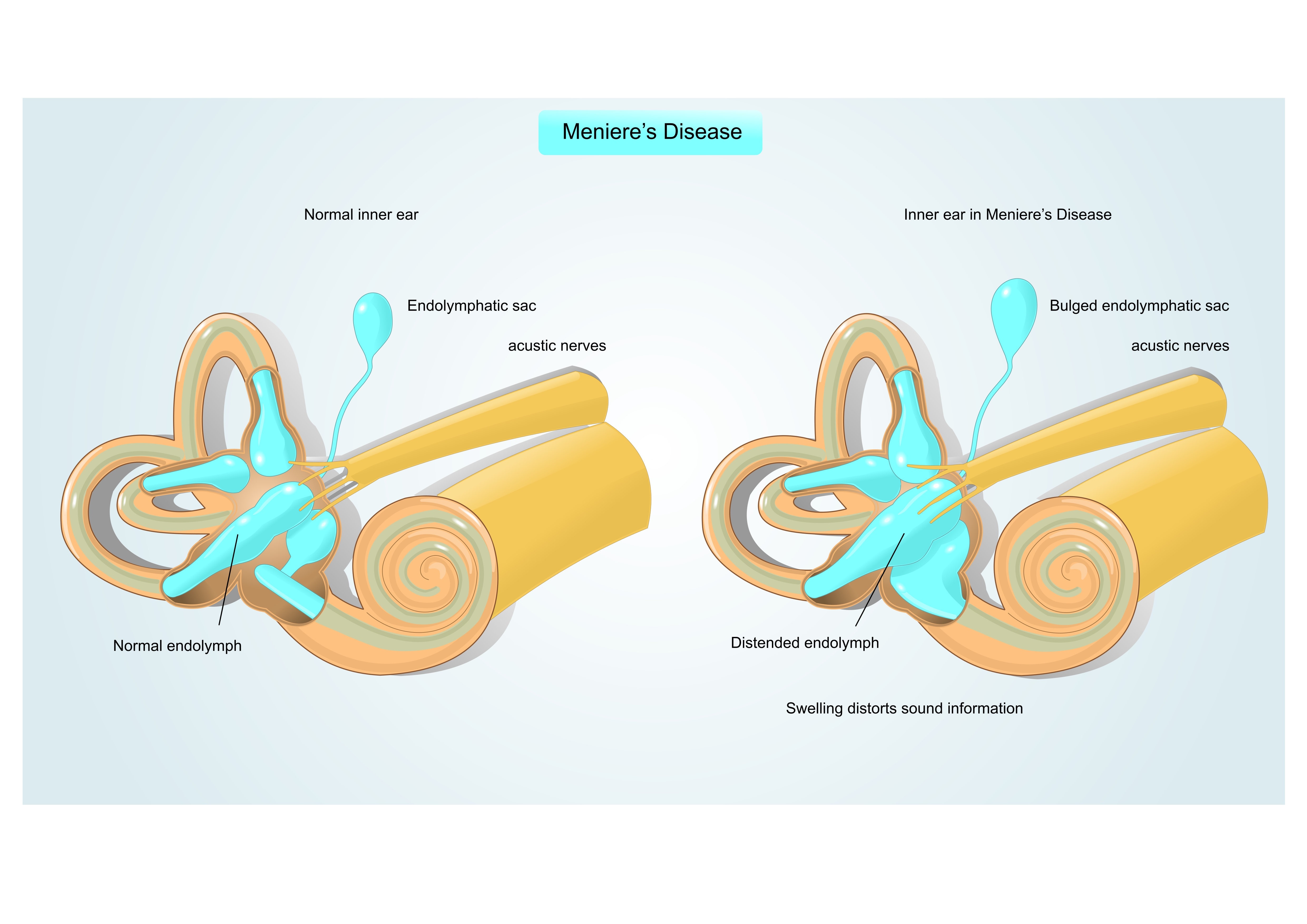The American Academy of Otolaryngology-Head and Neck Surgery Foundation published the Clinical Practice Guideline: Ménière's Disease today in Otolaryngology-Head and Neck Surgery. Ménière's disease is a disorder of the inner ear that includes episodes of vertigo with possible hearing loss, ringing or buzzing in the ear, or ear pressure.
"Ménière's disease has a lot of factors and can be mimicked by other illnesses. To add to that, it is an episodic disease that can take months, or even years, to diagnose," says Gregory J. Basura, MD, PhD, Chair of the Guideline Development Group.
We hope that this guideline will help support more accurate diagnoses and thereby improve patients' quality of life."
Gregory J. Basura, Chair of the Guideline Development Group.
Ménière's disease is defined by spontaneous vertigo attacks, each lasting 20 minutes to 12 hours, with low- to mid- frequency sensorineural hearing loss in the affected ear before, during, or after one of the episodes of vertigo.
 Image Credits: Bangkoker / Shutterstock.com
Image Credits: Bangkoker / Shutterstock.com
The clinical practice guideline (CPG) defines vertigo as the feeling of spinning or moving when one is not moving. This is different from dizziness, which can mean feeling lightheaded or feeling like passing out.
Ménière's disease is almost exclusively reported in adults, with less than three percent of cases estimated to occur in children younger than 18 years old. The disease is most prevalent between ages 40 to 60 years, with peak onset in the 40s and 50s.
In many patients, the most detrimental decline in hearing and balance function occurs within the first decade of diagnosis, yet patients continue to have longstanding deficits that make Ménière's disease a chronic disease. It is important to evaluate and document the hearing in both ears as a subset of patients will eventually experience Ménière's disease bilaterally.
The guideline discusses the background on possible causes of Ménière's disease, disorders that present similarly to it, and the ways in which the disease can progress. "The guideline aims to reduce the subjectivity of diagnosis and treatment for Ménière's disease and to provide some objective standards based on the literature available today," said Dr. Basura. "This new CPG gives providers some optimal tools with which to make their clinical decisions."
 Image Credits: ellepigrafica / Shutterstock.com
Image Credits: ellepigrafica / Shutterstock.com
The CPG is intended for all healthcare providers in any setting who are likely to encounter, diagnose, treat, and/or monitor patients with suspected Ménière's disease. This includes emergency medicine, primary care, otolaryngology, neurology, audiology, and physical/vestibular therapy. The target patient for the guideline is anyone 18 years of age or older who has a suspected diagnosis of definite or probable Ménière's disease.